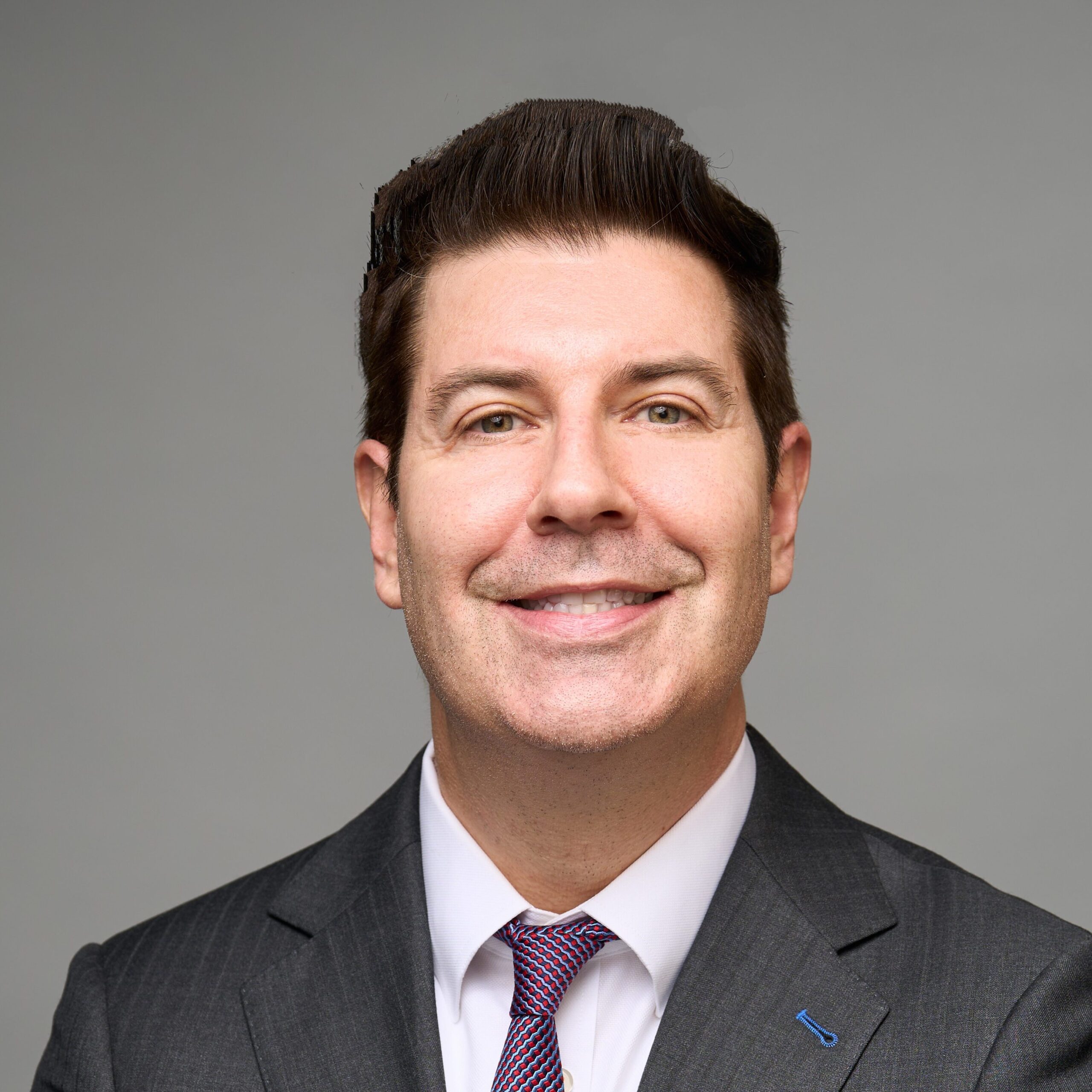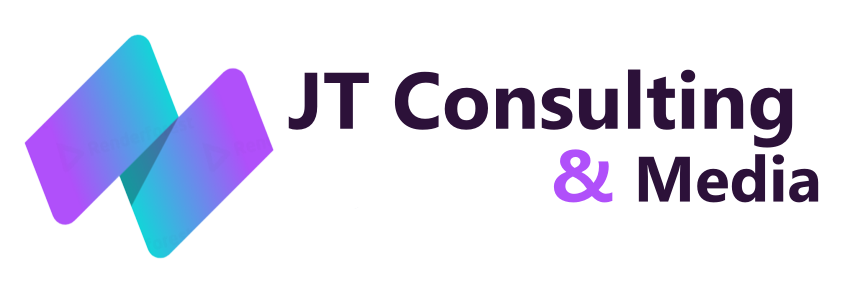I had the distinct privilege to collaborate on an article for HBR (original article here: Harvard Business Review) with author Atta Tarki about the future of hiring and what you can do now.
Professional services firms such as blue-chip law firms and management consultancies have long relied on a simple talent strategy: hire large amounts of eager and capable young associates to do the “heavy lifting” at the firm, freeing up partners and other senior staff to sell new work and set strategy. These associates would then be winnowed out over time. They either moved on to other work (often the firm’s clients), burned out or dropped out because of the firms’ traditionally unsupportive family-leave policies, or, in rare cases, continued to a life-long career at the firm. At the time of their hiring, rarely would any of these young associates be assessed for their future potential to become partners. With such a numbers game based on high attrition, there was no need: Professional services count on large entry-level pools to eventually yield just a few partners, roughly one or two per 100 at the prestige firms.
But this talent-management approach is now under threat from AI, as many professional services firms slash their entry-level hiring in the belief that AI can automate much of the firm’s busy work, without a real plan for what this new hiring approach will do long-term to their partnership pipeline. For instance, a top legal tech CEO recently revealed to us that global law firms, alarmed by the speed and cost efficiency of AI, are contemplating slashing their summer associate hiring from a typical 100 down to just 30. Similar discussions are being held both across different sizes of firms as well as segments of professional services. For example, DeciBio, a 50-person specialized management consulting firm, revealed to us that efficiency gains delivered by AI have allowed them to shrink their incoming entry-worker class from 15 people in 2021 to a planned four hires next year, despite the firm revenues growing double-digits in this period.
Many questions related to AI’s impact on the labor market remain unclear. Which workers are likely to be impacted by AI and how large will the workforce reductions be? Will private equity firms be able to replace the CEOs of their portfolio companies with AI as Sam Altman recently predicted? Will political ministers be replaced by AI as has already happened in Albania?
Regardless of which of the futuristic predictions seem plausible to you, the reality is that AI has already led to workforce reductions. Recent research, utilizing highly accurate payroll data, estimates that there has been a 13% decline in entry-level jobs in the most AI-exposed fields. And this trend will surely continue as technology improves and the adoption rate increases. In May of this year, Anthropic CEO urged business leaders to stop “sugarcoating” what lies ahead as he stated that AI could eliminate 50% of white-collar entry-level jobs within five years.
With reduced entry-level hiring volumes and the shrinking base of the talent pyramid, how should professional services firms think about their talent models? And more specifically, how should firms think about the pipeline of future partners and the revenues associated with these partners?
Hire for leadership, not grunt work
In the old model of hiring 100 associates with the expectation that only two would become a future partner, professional services firms did not need to screen very hard for hiring for the skills needed by a future partner. When switching to more talent-efficient models with less churn, companies need to become more deliberate in finding alignment with candidates for the future role they are being hired to do. There is a whole literature on how to do this, with the most important aspects being questioning old hiring practices and instead becoming deliberate about defining what predicts on-the-job-success when hiring for future partners, deploying more evidence-based hiring methods, and finally, being brutally honest with candidates about what the future job you are hiring them for entails, something which very few first-year associates currently have a good understanding of.
Of course, winners in the AI era will redesign the work, not just reduce the workforce. It would feel preposterous to utilize the workflows of a pre-internet era for any of the roles at a management consulting firm now. So, don’t just expect that AI will complete individual tasks more efficiently, but start thinking about how you can change entire workflows—and to train, mentor, and incentivize your staff to perform better against these new goals. The technologists inside the organization should be constantly learning about what is happening with technology inside and outside of the industry—bringing it back and training associates and partners on it. And business leaders should encourage this behavior. Law firm Latham & Watkins has formalized this practice by putting together an AI Task Force. This group is amongst others tasked with bringing back cutting-edge knowhow on AI to the organization and teaches its associates at its in-house AI Academy.
If the task of taking on this change feels too overwhelming, consider partnering with others. Some options are to engage with legal start-ups or universities to test new workflows. One of Japan’s leading insurance companies, Aioi Nissay Dowa Insurance Company, for example, partnered with Oxford University to launch Aioi R&D Lab. The program will transform research in AI to industry applications, amongst others by supporting students to gain internships that bridge the gap between research and application. Similarly, you can have your lawyers, consultants, or accountants engage with and learn from start-ups and universities to increase their technical acumen. And you don’t need to fund a university program to get access to such opportunities. University of Alberta in collaboration with Alberta Machine Intelligence Institute has partnered with over 300 companies on similar knowledge transfers.
Break the rules to build the future
True innovation in the face of AI may take firms into uncomfortable territory—potentially even upending the business model. This is the hardest adjustment because it goes beyond talent management. As an example of such a change, many professional services firms have based their fees on the number of hours of work performed. But it’s clear that AI presents an opportunity for these firms to adapt their pricing strategy as AI starts completing much of the grunt work performed by associates, resulting in fewer billable hours. One obvious solution is to charge a fixed fee for projects based on the value delivered or what a less tech-proficient competitor would charge, not on how many hours it takes to complete the work. In some areas of professional services, such as legal services, fixed fees have become much more common and even subscription-based fees are gaining traction.
Many of the most successful professional services firms have built their success upon a strategy of selling large, bundled projects with a high price tag. The quality of professional services is notoriously difficult to assess before a purchase. As a result, a successful model for these firms has been to have a highly qualified partner, commanding high compensation, spend tens if not hundreds of hours developing a trusted advisor relationship with a client to land a sale. As this model has a high cost-of-customer-acquisition it has been more economical for most large professional services firms to focus on big projects. Small, unbundled services offerings have not been seen as worthwhile to pursuit and have at times even been seen as cannibalistic to their main business model.
As you experiment with your business model and pricing strategy, you might discover that you need to make big changes to your talent model as well. It might turn out that you don’t need a high-salaried partner to sell smaller unbundled services, especially if you can standardize the quality of those services. Many SaaS firms, for example, utilize junior-to-mid-level professionals to sell smaller projects, while more seasoned enterprise sales professionals are focused on the larger accounts. Why assume only partners can cultivate client trust? In some industries, mid-level professionals are given significant autonomy to manage client relationships early, which accelerates their commercial maturity. In advertising, for one, typically early-career account executives are the day-to-day contact for clients. Doctors at independent clinics, as another example, are expected to start building their own book of business in their first year on the job.. . .
In an era reshaped by AI’s transformative power, professional services firms face a short window of time to rethink their hiring strategies. Today’s leaders must go beyond pure entry-level reductions to craft a deliberate, future-focused model. This means hiring and developing talent not just for the tasks of today, but for the adaptive, tech-savvy partners of tomorrow. By embracing this paradigm shift, rethinking workflows, fostering innovative learning, and incentivizing forward thinking practices organizations can unlock new levels of productivity and competitive advantage as everything continues to evolve. The future belongs to those who upgrade their hiring strategy now, positioning their people as the true differentiator.

Atta Tarki is the founder and chairman of specialized executive-search and project-based staffing firm ECA Partners. He is also the author of the book, Evidence-Based Recruiting (McGraw Hill, 2020). Find him on Twitter: @AttaTarki

Joseph Raczynski is a technologist and futurist with a special expertise in emerging technologies, specifically AI and Blockchain, and their impact on business, law, and society. Find him on X: @joerazz


Leave a Reply
You must be logged in to post a comment.